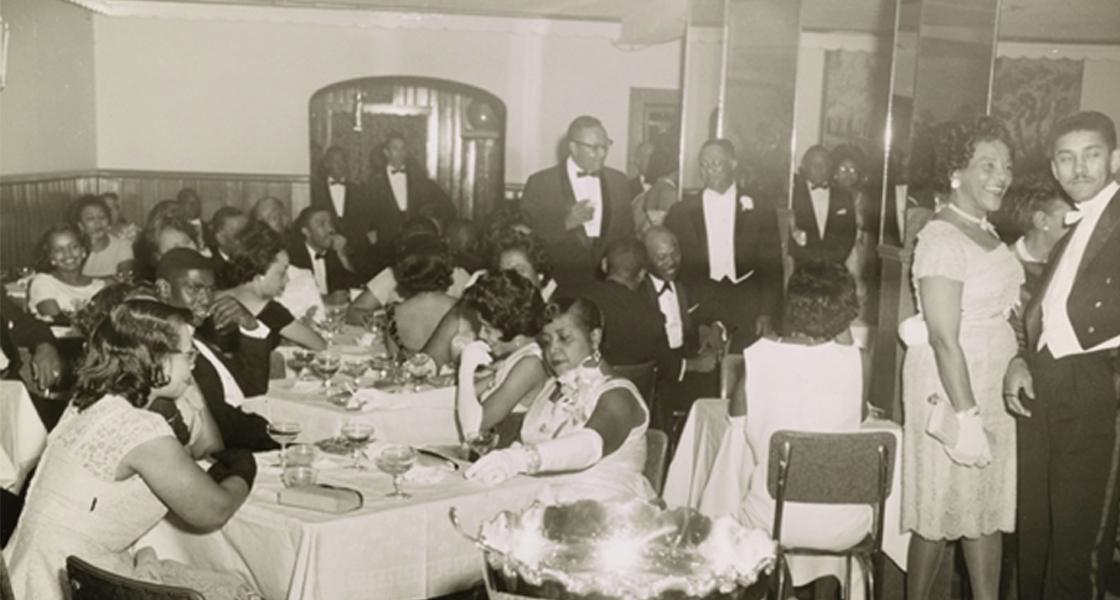Site Significance
The Excelsior Club is an important element of the West End neighborhood of Charlotte for many reasons including its architectural, historic and social values. The architectural value of the club comes from the fact that with the extensions / renovations of 1952, it gained an Art-Moderne character that is unique to the Excelsior considering the neighborhood. The building is mainly intact, therefore maintaining its architectural authenticity adds to its architectural value.
The site is historically significant as it was the first black-only club in the city of Charlotte. Its inclusion in Victor Green’s Green Book adds to the historic importance of the Excelsior. A third point to note is that the site repeatedly served as a political hub: At the Excelsior Club, white democratic candidates came to ask for support from the black community as early as in 1946. In the near past, people gathered to celebrate the presidency of Barack Obama. [1]
Having served as a safe space for the black community throughout its lifetime, the Excelsior is a site that has social value as well. Since its opening, the club was an important cultural hub for the community. Well known musicians such as Nat “King” Cole and Louis Armstrong have performed at the club’s stage.
The Excelsior Club is worth talking about as it is a beautiful place that almost fell victim to a heartless act of commodification by its owner. It is also a good example of public-private partnerships getting involved in historic preservation. The hope is that the owner stays true to his intentions of committing to connect the new use of the site to its historic & cultural significance.










